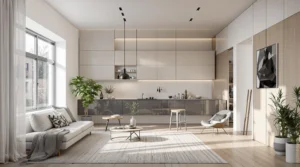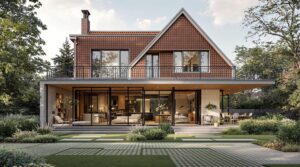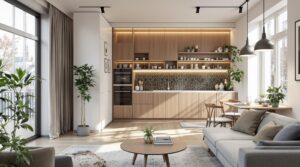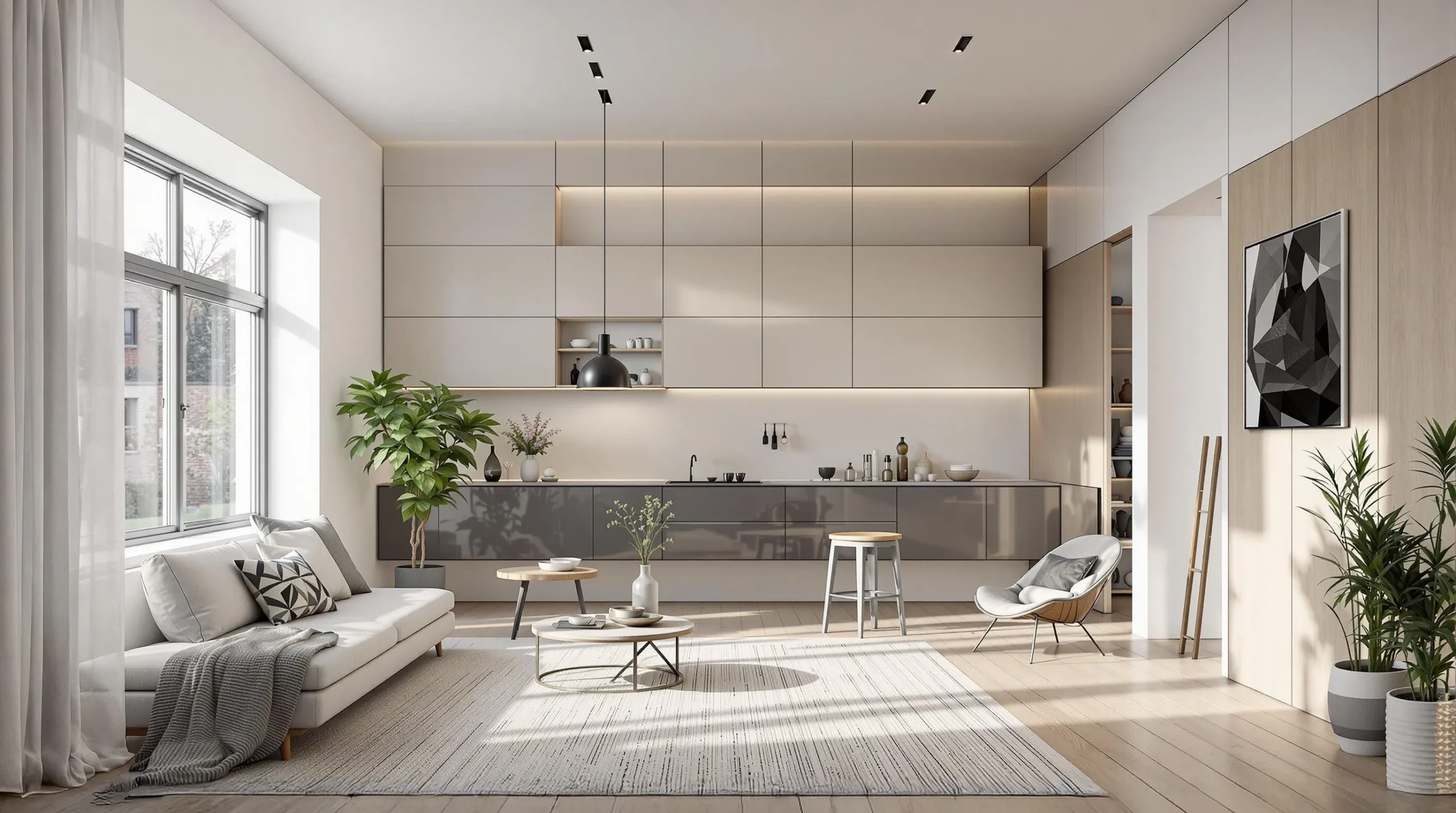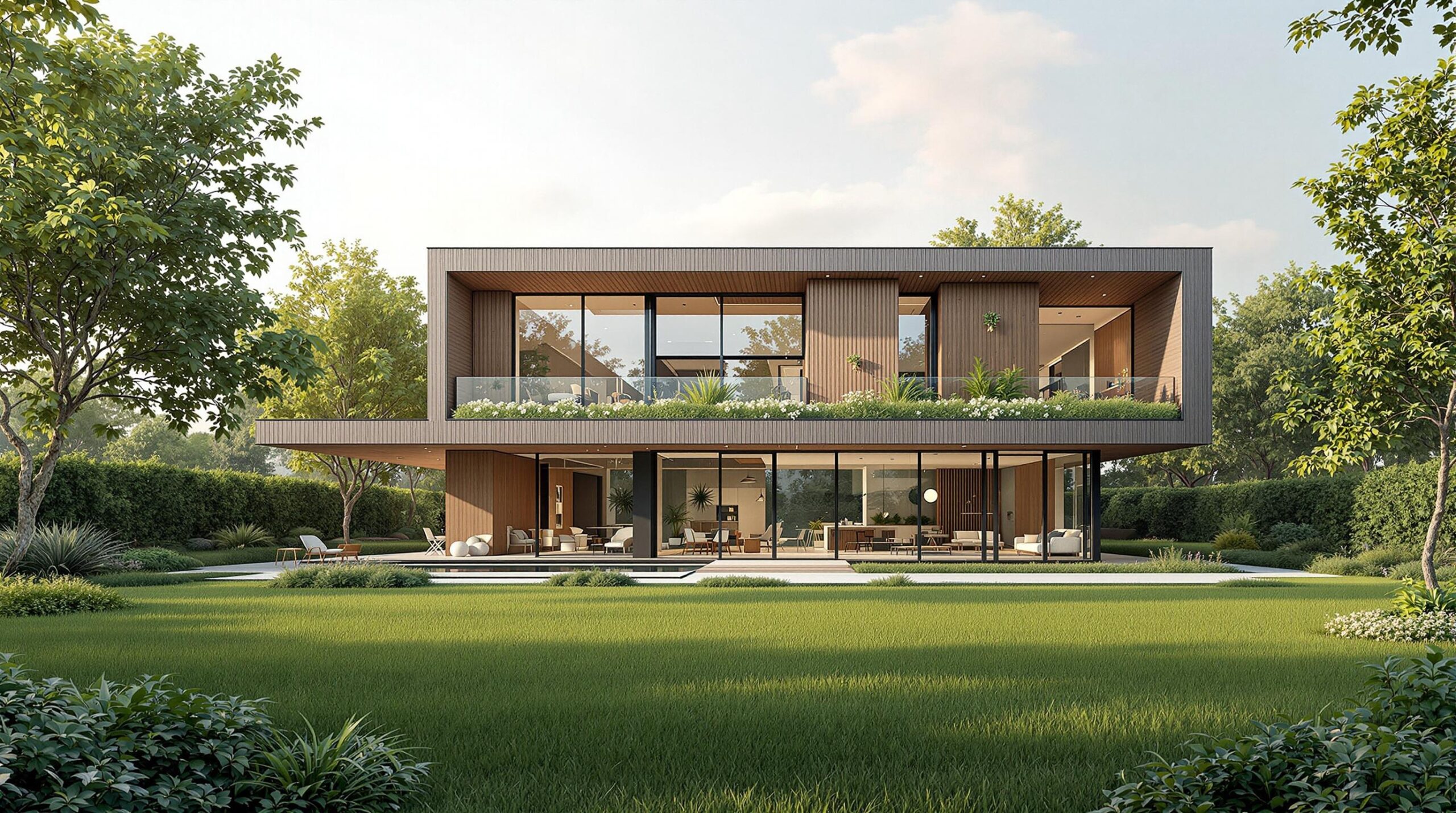Mindful Living Spaces: Designing for Mental Well-being and Growth
Mindful living spaces are becoming increasingly important in today’s fast-paced world, where stress and anxiety are common issues. In the Netherlands, where the concept of “gezelligheid” (coziness) is deeply ingrained in the culture, designing homes that promote mental well-being and growth is crucial. This article will explore the concept of mindful living design, its benefits, and how to create serene interiors that foster a sense of calm and well-being in Dutch homes.
Basic Concepts: Understanding Mindful Living Design
Mindful living design is an approach to designing homes that prioritizes mental well-being and growth. It involves creating spaces that promote relaxation, calmness, and a sense of connection to oneself and the environment. In the Netherlands, where the concept of “minimalism” is gaining popularity, mindful living design is not just about reducing clutter, but also about creating intentional spaces that support mental health.
Some key concepts in mindful living design include:
- Biophilic design: incorporating natural elements, such as plants, wood, and stone, to create a sense of connection to nature
- Minimalism: reducing clutter and promoting simplicity to reduce stress and increase focus
- Intentional design: creating spaces that serve a purpose and promote a sense of calm and well-being
- Sensory design: using sensory elements, such as texture, color, and light, to create a multisensory experience
The Benefits of Mindful Living Design
Research has shown that mindful living design can have numerous benefits for mental health and well-being, including:
- Reduced stress and anxiety: by creating calm and peaceful environments, mindful living design can help reduce stress and anxiety
- Improved sleep: by promoting relaxation and reducing stimulation, mindful living design can help improve sleep quality
- Increased focus and productivity: by reducing clutter and promoting simplicity, mindful living design can help increase focus and productivity
- Improved mood: by incorporating natural elements and promoting a sense of connection to nature, mindful living design can help improve mood and overall sense of well-being
Designing Mindful Living Spaces in the Netherlands
In the Netherlands, where the climate can be gloomy and overcast, designing mindful living spaces requires careful consideration of light, color, and texture. Some tips for designing mindful living spaces in the Netherlands include:
- Using light colors and sheer curtains to maximize natural light
- Incorporating plants and greenery to bring in a sense of nature
- Using texture and pattern to add depth and interest to spaces
- Creating cozy nooks and reading areas to promote relaxation and calmness
Additionally, incorporating Dutch design elements, such as wooden beams and brick walls, can add warmth and character to mindful living spaces.
Practical Tips for Creating Mindful Living Spaces
To create mindful living spaces that promote mental well-being and growth, consider the following practical tips:
- Start by decluttering and simplifying your space
- Incorporate natural elements, such as plants and wood, into your design
- Use light colors and sheer curtains to maximize natural light
- Create cozy nooks and reading areas to promote relaxation and calmness
- Consider incorporating sensory elements, such as texture and pattern, to add depth and interest to your space
By following these tips and considering the unique needs and challenges of the Dutch climate and culture, you can create mindful living spaces that promote mental well-being and growth.
Conclusion
Mindful living design is a powerful approach to creating homes that promote mental well-being and growth. By incorporating natural elements, reducing clutter, and promoting simplicity, you can create serene interiors that foster a sense of calm and well-being. In the Netherlands, where the concept of “gezelligheid” is deeply ingrained in the culture, designing mindful living spaces requires careful consideration of light, color, and texture. By following the practical tips and considering the unique needs and challenges of the Dutch climate and culture, you can create mindful living spaces that promote mental well-being and growth.
Remember, designing mindful living spaces is a process that requires intention, attention to detail, and a deep understanding of the needs and challenges of the individual. By prioritizing mental well-being and growth, you can create a home that is not just a physical space, but a sanctuary for the mind, body, and soul.
As you embark on your journey to create mindful living spaces, keep in mind the importance of patience, self-reflection, and creativity. With careful consideration and attention to detail, you can create a home that promotes mental well-being and growth, and supports you on your journey towards a happier, healthier, and more fulfilling life.


